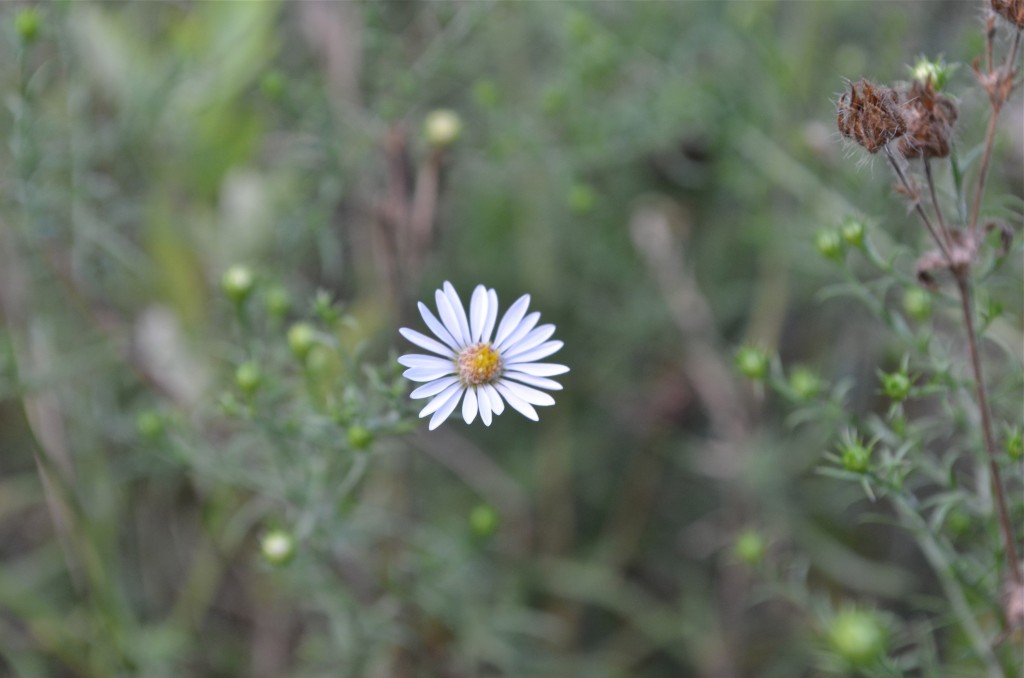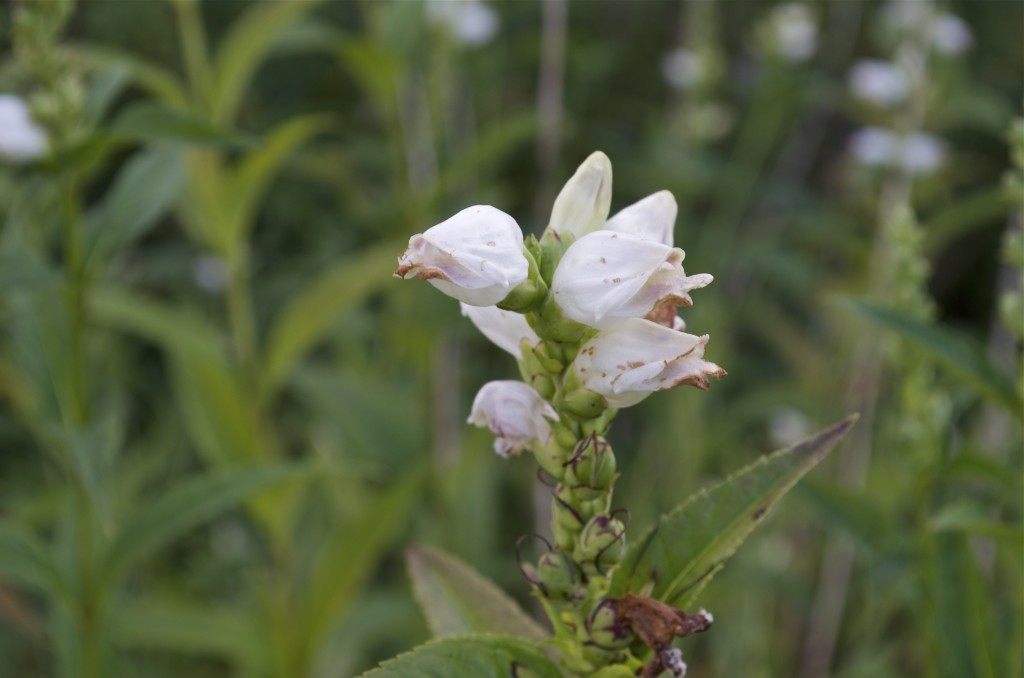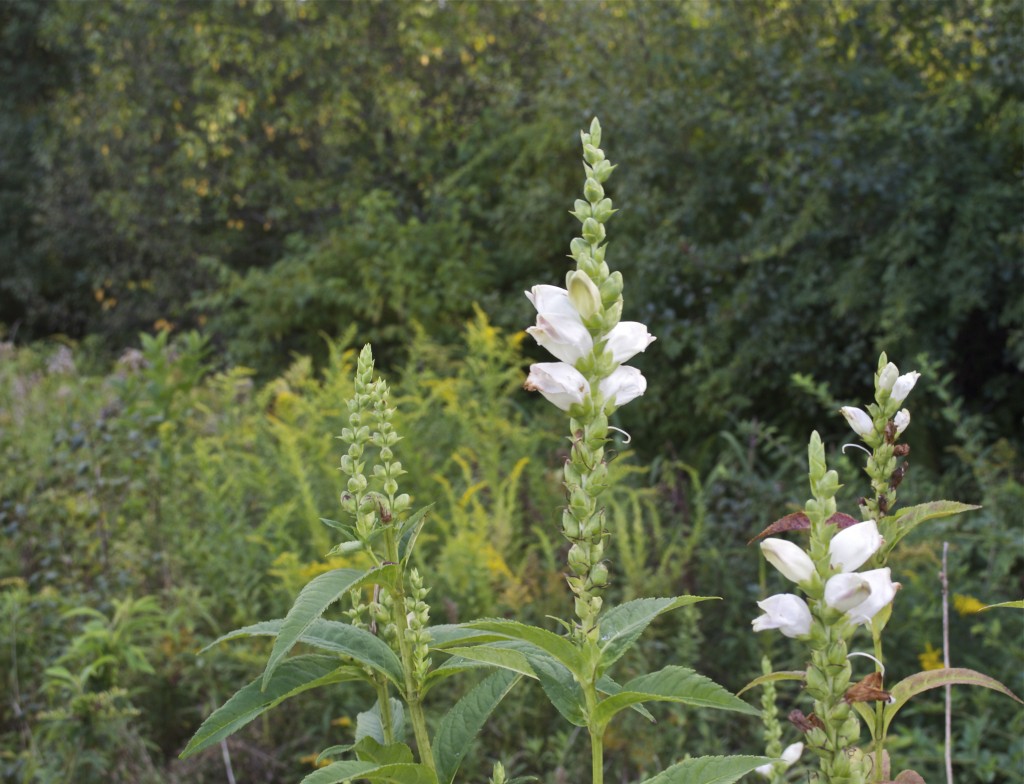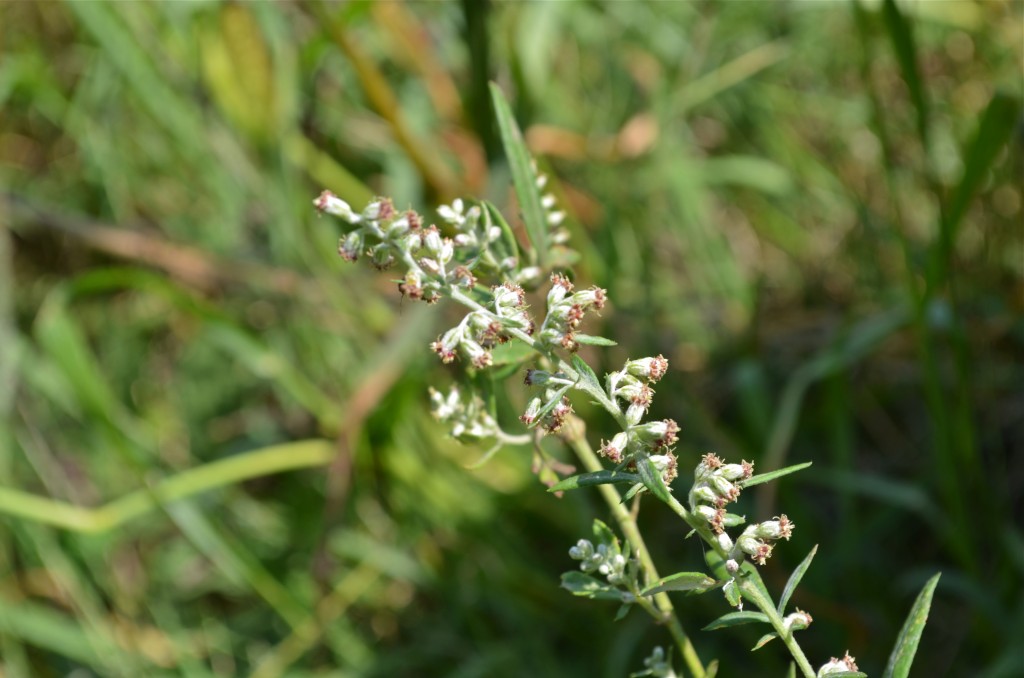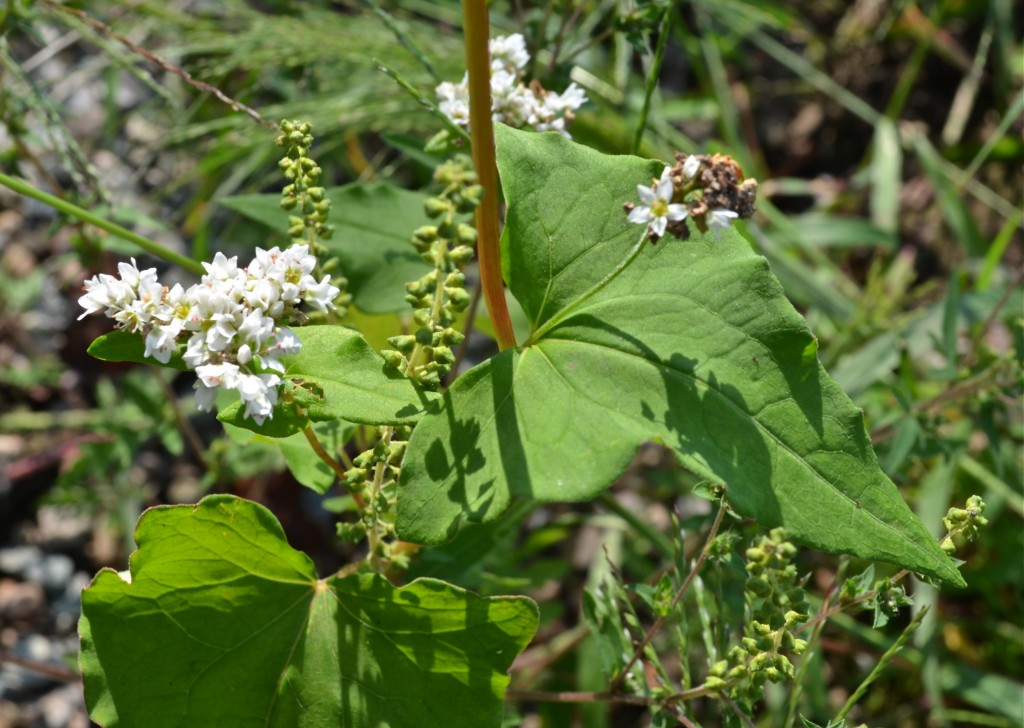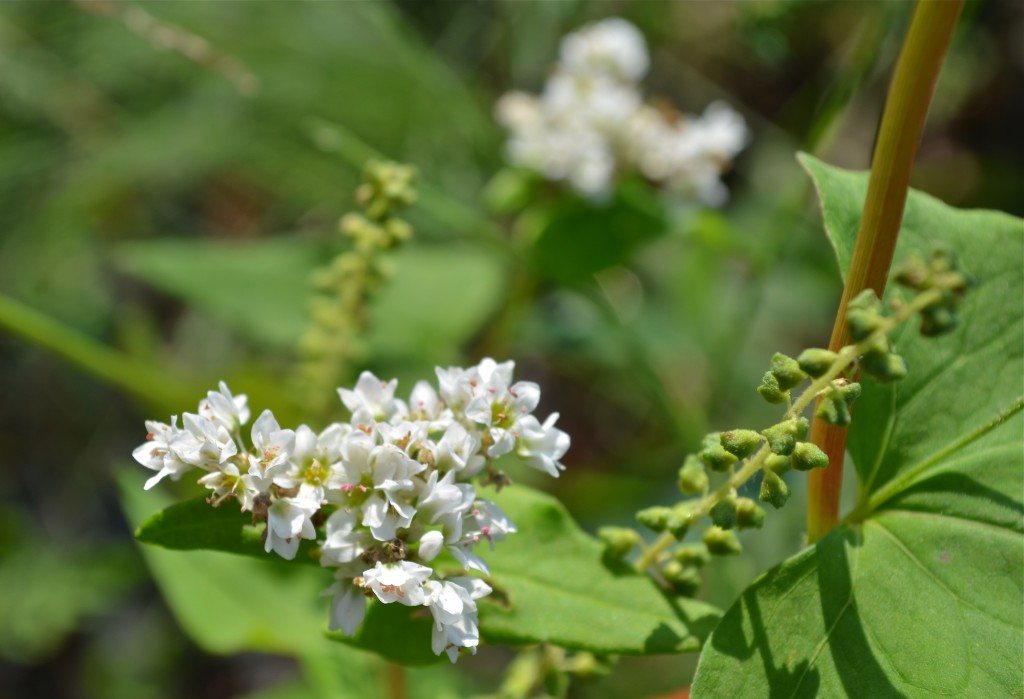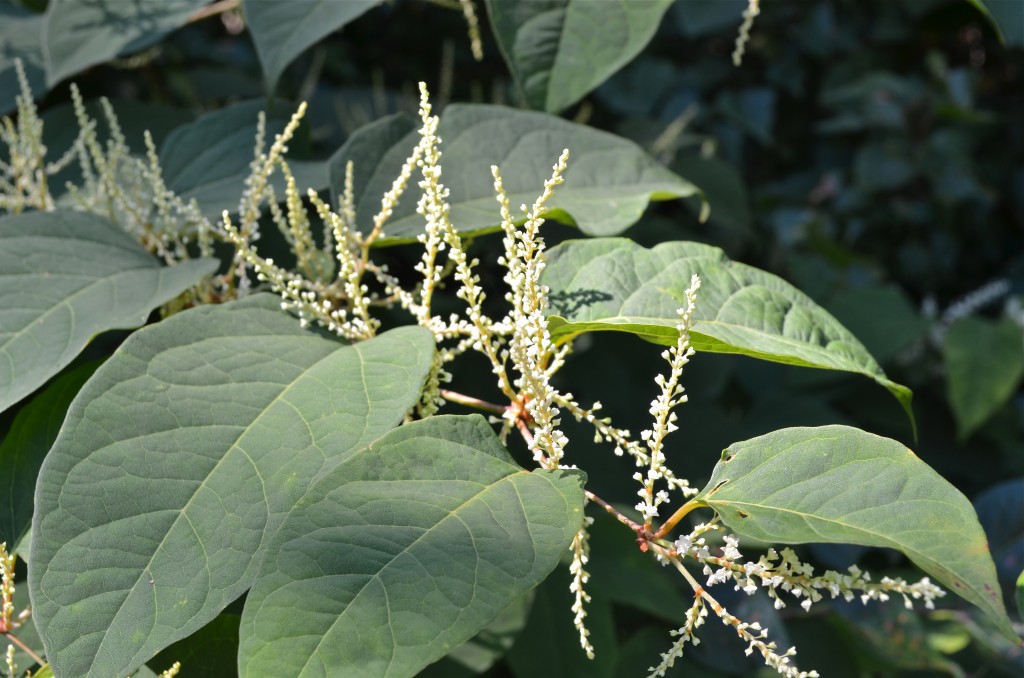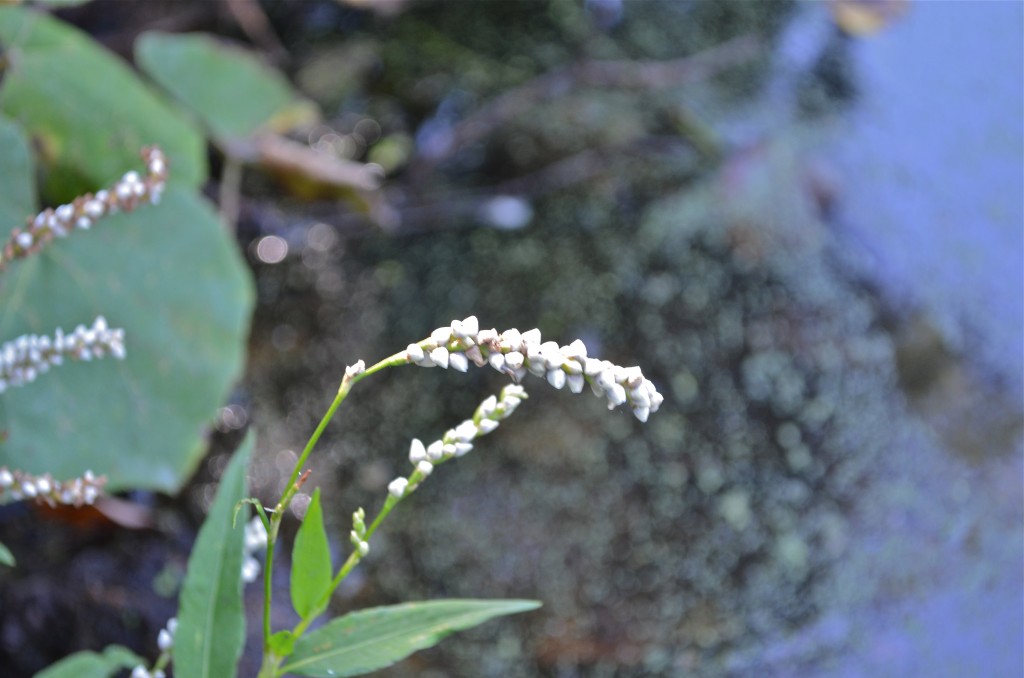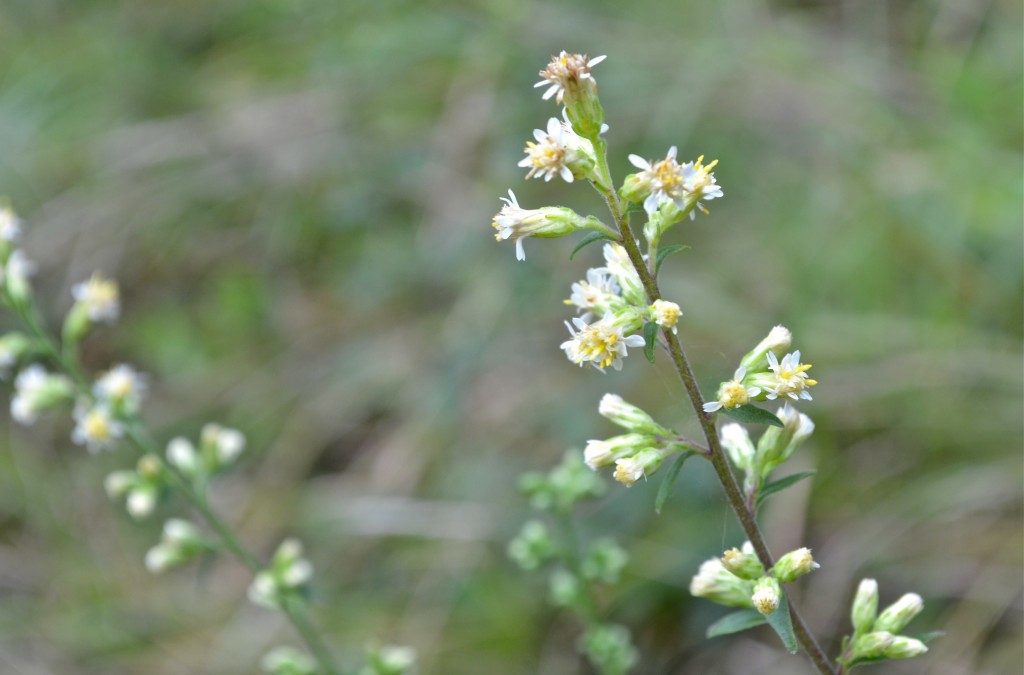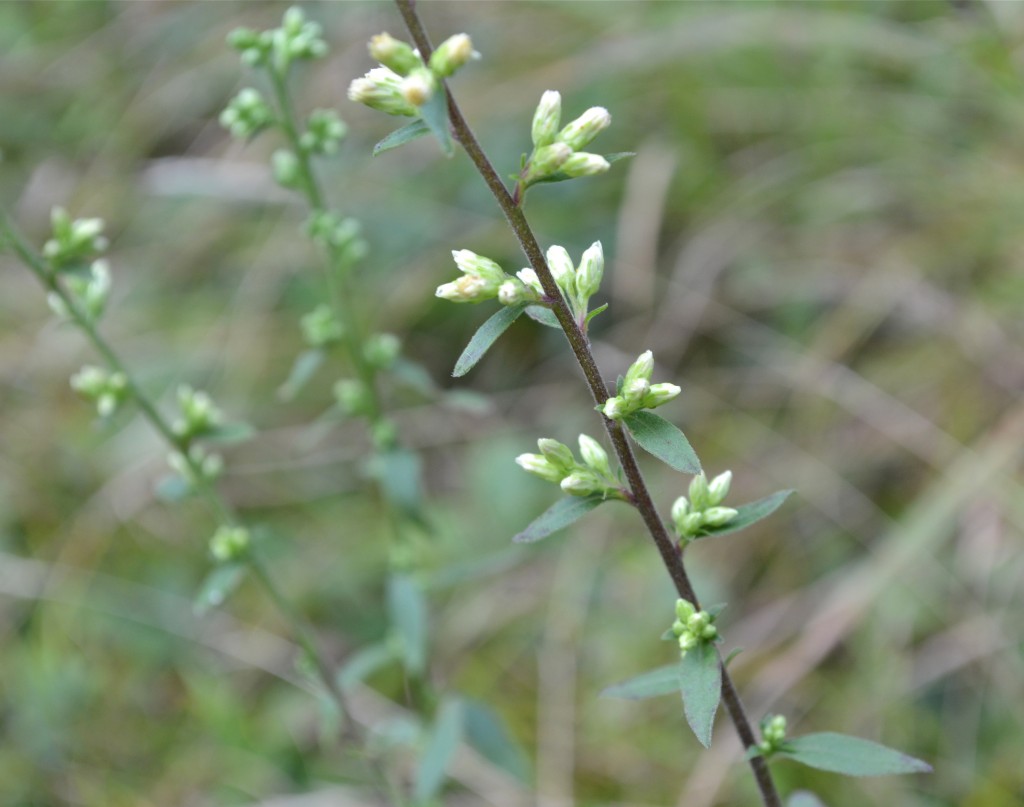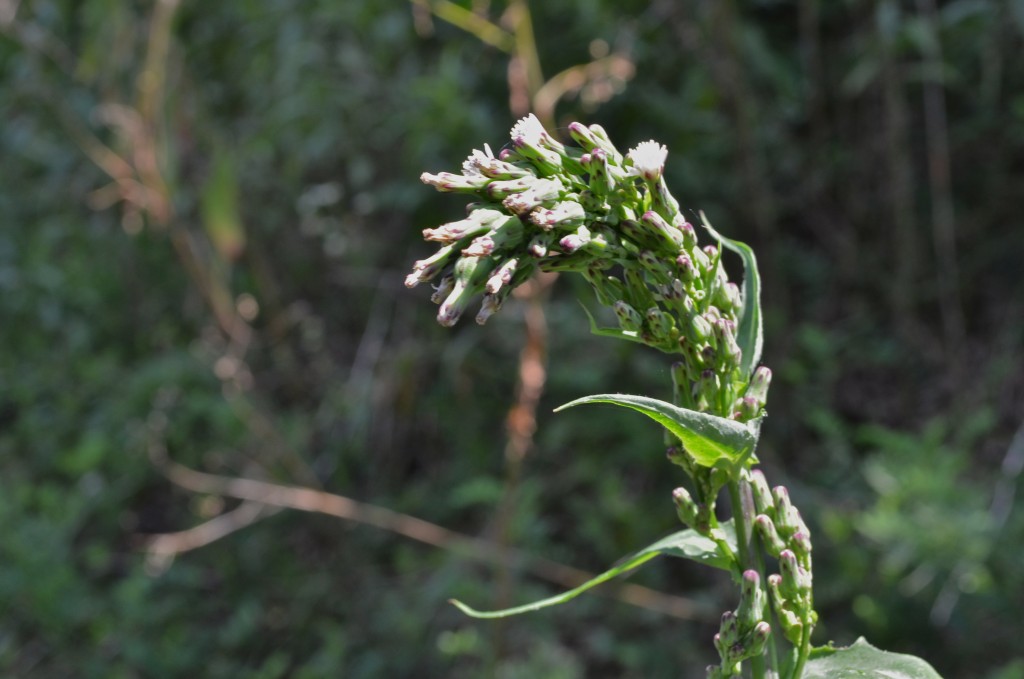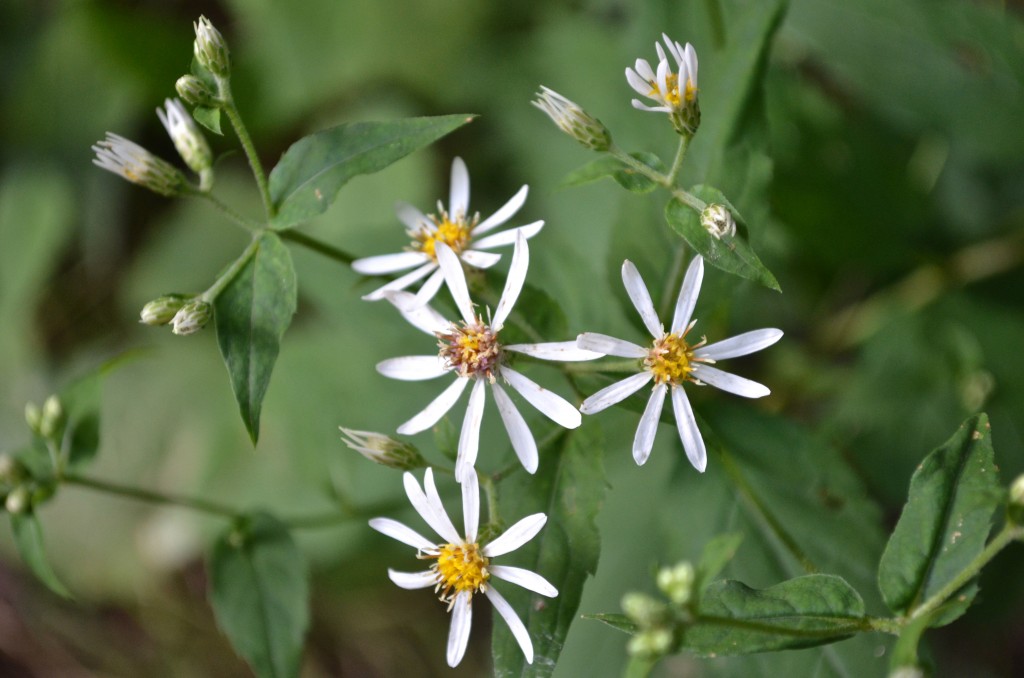A new flower appears at Centennial, I’m on it like a spider discovering something new in the web. There is a large area covered with these, just starting to come into bloom. (There are many similar kinds of asters, difficult to distinguish, and they randomly hybridize. In the reference books and sites I consult, there is some disagreement about what the common name of this aster is, although I think the latin name identification is correct.) Composite family. Native.
Awl Aster, Heath Aster, Frost Aster (Aster pilosus)


